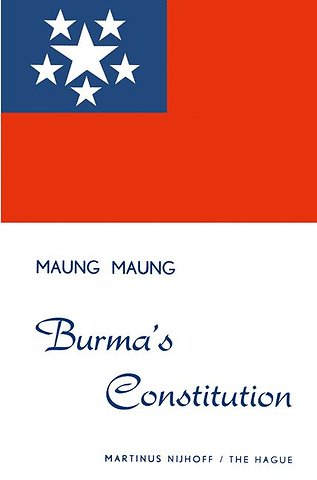Burma’s Constitution
Samenvatting
This is an attempt to study and interpret the Constitution of the Union of Burma which has now passed its tenth year. A constitution read outside the context of constitutional history is incomplete, and I have, therefore, tried to trace the developments which culminated in the constitution; then study its important features with reference, where necessary, to the background in which they took shape and form; and, while studying how the constitution has been working, touch lightly on contemporary events and trends. It is a vast canvas I am trying to cover and what I am able to draw on it would inevitably be sketchy. But I do not write as a historian whose focus is on detail in a narrow area. Rather, having dug and gathered the facts, I trace their sweep in history. The details I willingly and happily leave to the historians, hoping only that my study will be of some use to them, if only as a target for their learned criticism. Some of the events and people I describe are still too near, and a clear perspective is therefore difficult. What is nearest appears biggest, and I often find it tempting to see and accept that Burma's history as a new independent nation began with the students' strike of 1936 or the resistance movement during the Second World War.
Specificaties
Inhoudsopgave
Net verschenen
Rubrieken
- aanbestedingsrecht
- aansprakelijkheids- en verzekeringsrecht
- accountancy
- algemeen juridisch
- arbeidsrecht
- bank- en effectenrecht
- bestuursrecht
- bouwrecht
- burgerlijk recht en procesrecht
- europees-internationaal recht
- fiscaal recht
- gezondheidsrecht
- insolventierecht
- intellectuele eigendom en ict-recht
- management
- mens en maatschappij
- milieu- en omgevingsrecht
- notarieel recht
- ondernemingsrecht
- pensioenrecht
- personen- en familierecht
- sociale zekerheidsrecht
- staatsrecht
- strafrecht en criminologie
- vastgoed- en huurrecht
- vreemdelingenrecht

